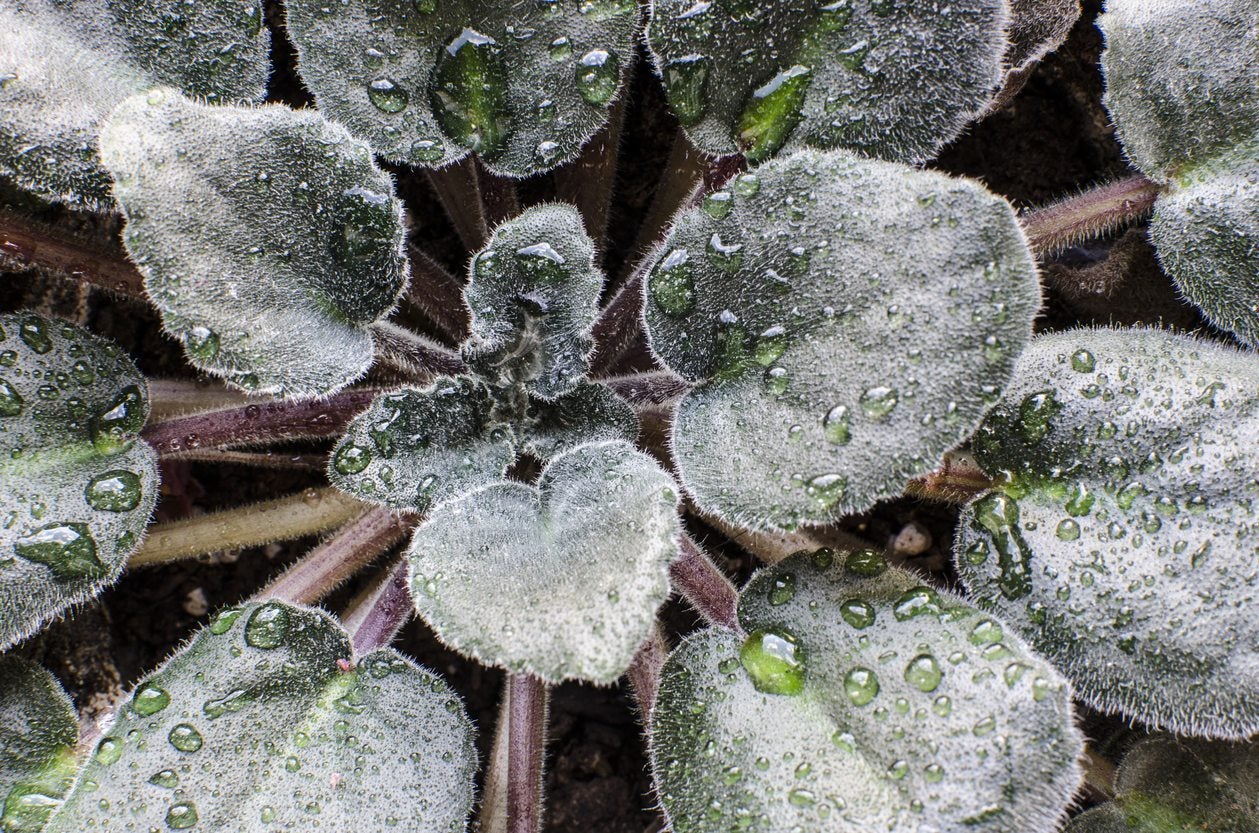African Violet Diseases: What Causes Ring Spot On African Violet


There’s something so simple and soothing about African violets. Their perky, even sometimes dramatic, flowers can cheer up any windowsill while their fuzzy foliage softens harsher settings. For some, African violets bring back thoughts of grandma’s house, but for others they can be a source of much frustration. Problems like spots on African violet leaves seem to come out of nowhere, turning a beautiful plant into a nightmare overnight. Read on to learn more about ring spot on African violet plants.
About African Violet Ring Spot
Of all the African violet diseases, African violet ring spot is about the least serious that you can encounter. In fact, it’s really not even a disease, though it presents just like one. When leaves on African violets are spotty and you’ve ruled out fungal and viral pathogens, there’s only one answer that makes sense: African violet ring spot. Hobbyists are far too familiar with this problem, but it’s an easy one to manage. Spots on African violet leaves appear when the leaves themselves are watered. In fact, studies from as far back as the 1940's were designed to solve the mystery behind this anomaly. Both Poesch (1940) and Eliot (1946) noted that African violets can experience foliage damage when the temperature of the water is around 46 degrees F. (8 C.) lower than the plant tissues. Inside the leaf, the cold surface water is doing something akin to frostbite, where chloroplasts are rapidly broken down. In other cases, warm water standing on leaf surfaces can amplify ultraviolet rays and cause a sunburn on these sensitive tissues.
Treating African Violet Ring Spot
At the end of the day, African violets are really very delicate plants and require careful attention to the temperatures of their tissues. African violet ring spot damage can’t be reversed, but the behavior that causes it can be corrected and new leaves will eventually grow to replace the injured ones. First, never, ever water an African violet’s foliage – this is a sure way to create more ring spots or worse. Watering from the bottom is the secret to African violet success. You can buy self-watering planters designed specifically for African violets, install a wick into your plant’s pot and use it to water from below, or simply water your plant from a saucer or dish. Whichever method you prefer, remember that these plants are also prone to root rot, so without special hardware, like fancy pots or wicking systems, you’ll need to be careful to remove any standing water that comes in direct contact with the soil once your watering is done.
Sign up for the Gardening Know How newsletter today and receive a free copy of our e-book "How to Grow Delicious Tomatoes".

Kristi Waterworth was a regular contributor to Gardening Know How for many years, answering countless queries on plant pests and diseases.